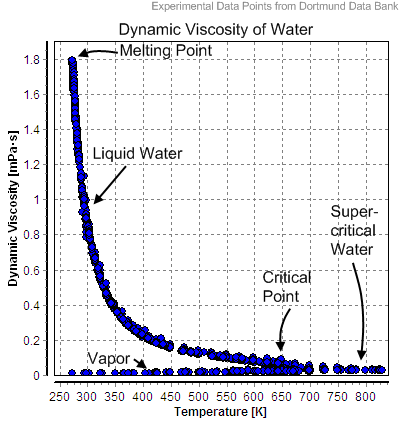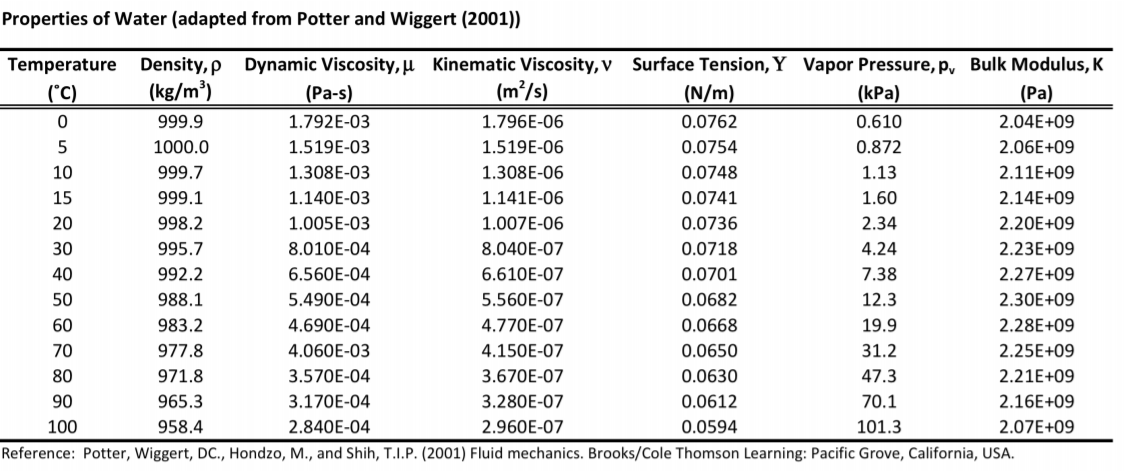
The formula for Poiseuille’s formula is as follows Poiseuille’s law can be used to calculate the coefficient of viscosity of water.The volume of liquid flowing through a capillary tube in a unit of time is calculated using Poiseuille’s equation for liquid flow. We get, when we solve, Water’s Viscosity in SI Units

Since the coefficient of viscosity is calculated using the formula, M -1 s -1 kg m -1 s -1 kg m -1 s -1 kg m Unit of Viscosity Coefficient and Dimension Kilogram per meter per second or MKS is the meter-kilogram-second unit. The coefficient of viscosity is measured in centimeter-gram-seconds (CGS). s)As a result, the viscosity coefficient is a measure of the fluid’s resistance to deformation at a given rate due to internal friction. Coefficient of Viscosity (SI Unit)Įvery liquid has a unique viscosity, and the coefficient of viscosity is a measurement of this property.The tangential force F necessary to maintain a unit velocity gradient between two parallel layers of liquid of unit area A is defined as the coefficient of viscosity. The viscosity of gas is lower than that of liquid. The velocity gradient is defined as the differential in velocity between neighboring layers of a fluid stream. The distance between the two layers of liquid skidding over each other is denoted by the letter d. The coefficient of viscosity is the ratio of the shearing force to the fluid’s velocity gradient.As a result, the viscosity coefficient is given by,į is the tangential force required to maintain a unit velocity gradient between two parallel liquid layers of equal area. As a result, the larger the v/x number, the greater the viscous gradient. It is denoted as v/x, where v is the velocity differential and x denotes the distance difference between the two layers. The viscous gradient will be greater if the higher layer applies more force to move ahead.

The viscous gradient is the differential in velocity between the fluid layers close to each other. What is a Viscous Gradient, and how does it work? Honey is considered viscous in this scenario.Īs a result, viscosity is defined as the ratio of the force necessary to transfer neighboring liquid layers over one another. You’ll see that water moves fairly quickly, whereas honey is more difficult to move. Return to the scene and monitor the flow of both liquids. On a slanting surface, place some drops of water on one side and some drips of honey on the other.


 0 kommentar(er)
0 kommentar(er)
